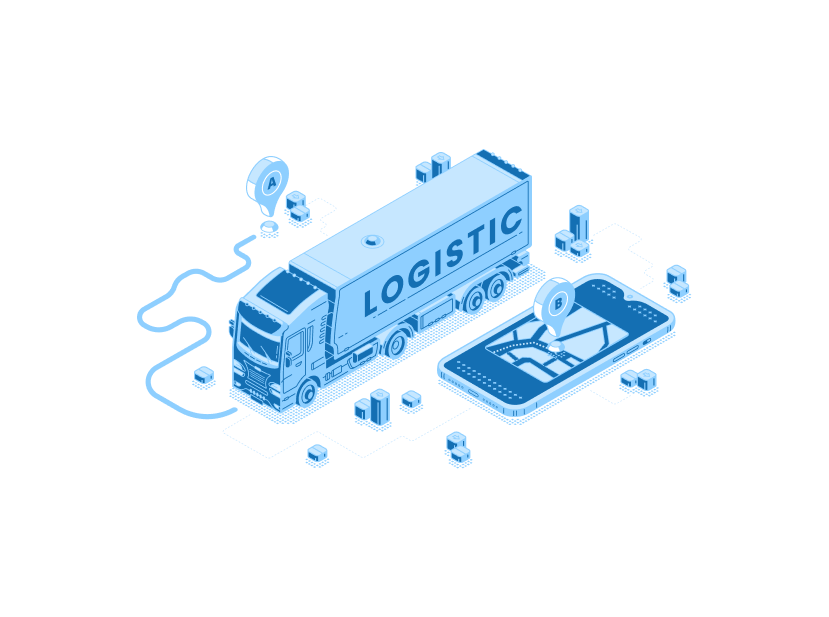Technology-driven disruption is changing the outlook of supply chain management from top to bottom. The change that emerged by the disruption can be challenging, so many organizations are not sure of adopting the new business process. However, surveys conducted by different organizations show the clear benefits of digital transformation in the supply chain.
- The survey conducted by Deloitte states that 76% of respondents belonging to different industries noted that the development of digital and analytics abilities contributes a lot in delivering the overall supply chain strategy.
- A survey by PwC shares that top digital adopters accepted that they saw technology-driven improvements such as enhanced revenues, reduced costs and more secure delivery along with decreased inventories.
- McKinsey also foretells that by 2030, there would be an entirely new logistics standard drove by emerging technologies such as robots, 3D printing, analytics, and more.
The emerging technology will definitely transform supply chain management. Let’s explore a few trends which may become a part of life in the coming years.
How is technology changing supply chain management?
Let us check now how digital and physical technologies impact supplier management and its very structure.
The blockchain offers end-to-end supply chain visibility
Blockchain technology improves transparency, efficacy, and resiliency in the supply chain by guaranteeing that data is trusted and safe.
IBM reports that many problems with supply chain data were caused earlier due to human errors and inefficiency. However, in another survey, it is noted that 70% of supply chain leaders shared their positive experience and said that they saw significant improvements in data quality, integrity, visibility, and speed when human interference was eliminated.
This implies that including a single, real-time source of truth, either blockchain or distributed ledger technology, can drop unnecessary complexities and offer reliable insights across the complete supply chain.
The accurate insights can significantly improve the entire supply network, from superior resiliency to better performance to changed expectations among vendors, associates, and consumers.
Automation reduces costs in goods shipping, logistics, and delivery
Amazon has already imprinted its name with its upcoming drone delivery, and many other giant companies are also leveraging new technologies to streamline their delivery services.
Many companies have embraced several AI-powered solutions to enhance the customer experience, lessen delivery costs, etc.
Let us check their methods:
- ORION: It is a proprietary route optimization tool to slash over 100 million delivery miles.
- Edge is an in-house logistics and operation platform that uses real-time data to assist employees in making more rational decisions and actions.
- Testing drone delivery is another plan for better deliveries.
This is just one example; many other companies have switched to automation using different platforms or technologies. In fact, in the coming year, we will see more automation in every point of the supply chain, from robots to automated ships.

How supply chain management software improves workforce productivity?
As workplaces adopt new technologies and integrate them with their processes, new software solutions replace old ones. Supply chain platforms such as Requis, SAP’s supply chain management software, Oracle Fusion Cloud SCM, Suuchi, etc., are designed to offer comprehensive solutions for the digital supply chain.
The features offered by these platforms may vary from vendor to vendor, and each has its aimed audience and set of use cases.
Remarkable features of these platforms comprise:
- A dashboard that connects supply chain managers’ most-performed tasks to a single location
- Real-time data, analytics, and reporting
- Project management, communication, and collaboration tools
- Shipment management
- Dynamic inventory allocation and management
All the advanced platforms are designed with digital innovation in mind and can integrate with emerging technologies like the Internet of Things ( IoT) and Artificial Intelligence (A.I.).
Emerging technology will enable autonomous supply chains
Today trends like autonomous supply chain planning and autonomous manufacturing have become part of different organizations. However, the term itself defines that every stage is automated in an autonomous supply chain to provide the most efficient and error-free result.
Automation will impact supply chains in the following ways:
- A.I. in procurement can perform essential tasks that humans earlier performed, including decision-making tasks like analysis, supplier assessments, compliance, etc.
- Today 3D printing and robotics are frequently automating manufacturing to improve efficiency and reduce production timelines.
- Automation will also reduce human interference, which means that only a few humans will be required to perform technical and manual operations in cargo forwarding, logistics, and delivery, ultimately resulting in a leaner workforce.
- Autonomous supply networks will be more secure, error-free, cost-effective, and more feasible than other things.
The inclusion of an autonomous system or the latest technology in the supply chain loop will not cause unemployment but will shift the humans from one process to another for a better outcome.
Final thoughts
The development in technology and adoption of the same has changed the business outlook. To ensure employee productivity and relevance in driving digital transformations forwards, companies should organize upskilling and cross-training. This is one of the prime purposes for digital adoption; in-house training programs are increasing in recent years.
Digital transformation in the supply chain can meet customer expectation, influence product development and distribution, supply chain flexibility and many other things.


Article on point, very interesting!